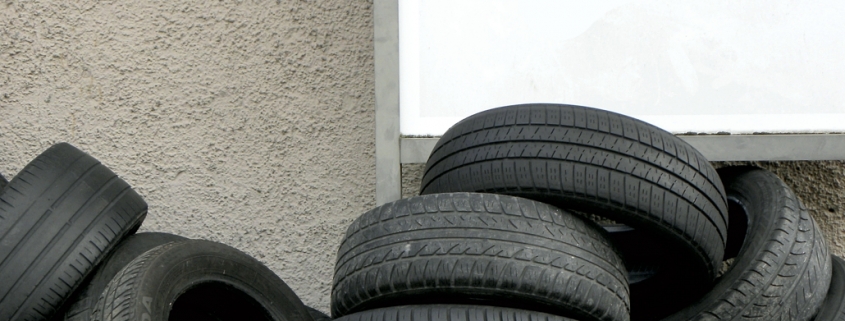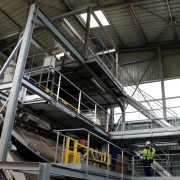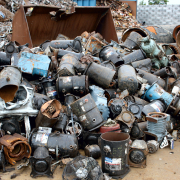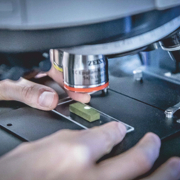Tire Recycling: Breaking the Sulfur-to-Sulfur Bonds
“The chemistry of the tire is very complex and does not lend itself to degradation – for good reason,” argues Michael A. Brook, a professor in the Chemistry Department at McMaster University in Hamilton, Canada. “The properties that make tires so durable and stable on the road also make them exceptionally difficult to break down and recycle.” But he and his research group have found a solution.
Tires are formed by a combination of sulfur and natural rubber, whereat connections between the natural polymers are built. The mixture‘s transformation from fluid to rubber develops a net structure of polymers. The research group found a way to break the sulfur-to-sulfur bonds of the polymers by cutting the horizontal lines. The net structure is suspended into a large number of single ropes, ready to be isolated and reprocessed. The process starts by cutting the tires into material sections and shredding the rubber to a crumb. This granulate is treated under the addition of various hydrosilicones and B(C6F5)3 as a catalyst for 45 minutes. The reduction by sialylation of the sulfur-to-sulfur bonds under different temperatures recovers the organic polymers as oils reaching from 56 percent yield for complex rubber mixtures to 93 percent yield for butyl rubber. A simple filtration removes substances like inorganic carbon, silica, metal and polyester cord fibers.
According to Michael A. Brook, the recovered oils are constitutionally very similar to the virgin polymers initially used for new tires. Thus, they can radically or oxidatively be crosslinked to generate new elastomers. Furthermore, the removed inorganic filtration residue could be reused as a reinforcing agent in the new rubber. “This process closes the loop on automotive rubber, allowing old tires to be converted into new products,” Brook underlines. And an article published in the journal Green Chemistry judges the process “a facile route to reutilize the organic polymers”, as it “has the potential to reduce the environmental impact of used, sulfur-crosslinked elastomers”.
The researchers suspect some limitations of the treatment technique applied at an industrial scale. Amongst others, the efficient reduction of rubber requires relatively large quantities of the BCF catalyst, and a trial with Soxhlet extraction could neither increase the rate nor yield a reduction. “We’re working on it,” says Brook.
(GR12020, Page 15, Photo: Revierwunder-Atelier / Pixabay)










